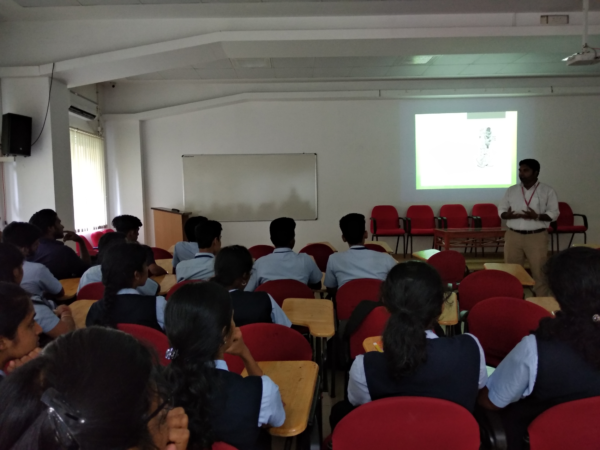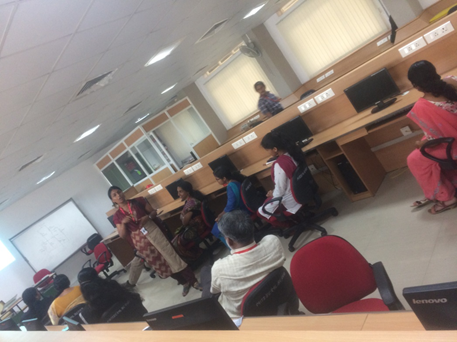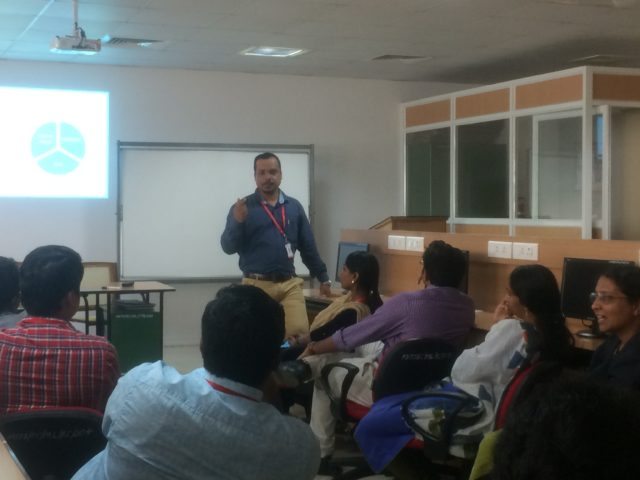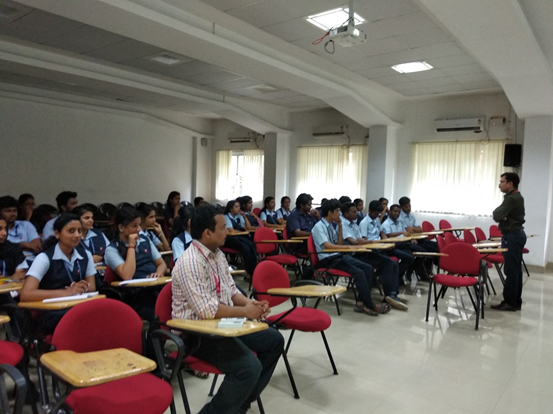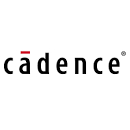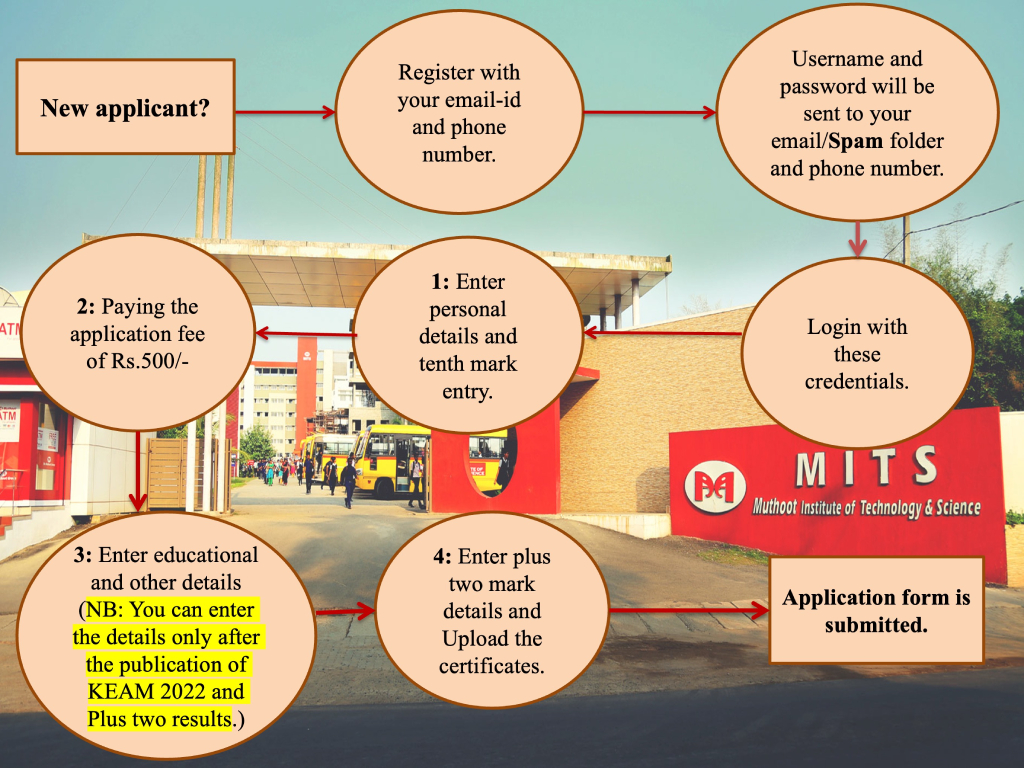Session Handled By: Mr. Anas M. M, Assistant Professor, Dept. of ECE
As a part of Electronics Department association activities ‘Faculty for Student seminar series‘ are being organized every month. Mr. Anas M. M (Assistant Professor, ECE) handled a session on “Introduction to Robotics” on 4th April 2018.The session was planned for S4 ECE (2016-2020 Batch) to create awareness of robots and their applications. The talk introduced the concepts of robot movement, perceiving environment and avoiding obstacles. The students were exposed to real world examples of how robots are used in disaster situations.






